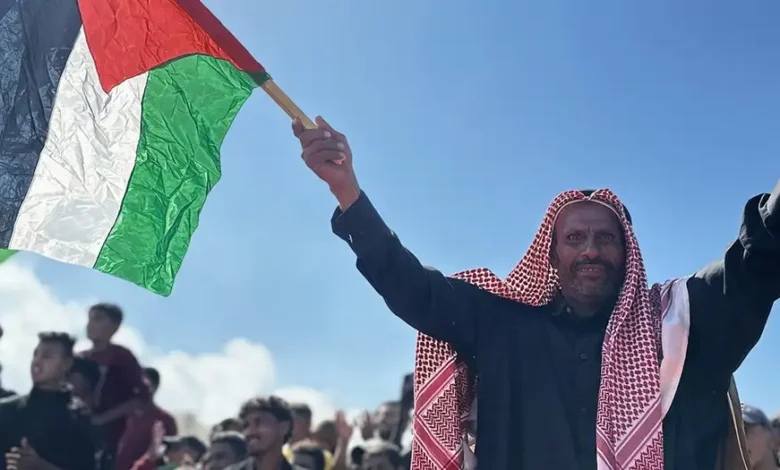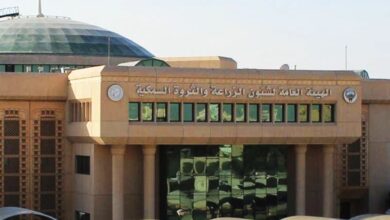
Questions continue to swirl around the Gaza peace plan announced by US President Donald Trump, which brought about the long-awaited ceasefire between Israel and Hamas.
While celebrations have erupted in parts of Gaza, experts caution that this truce represents only the first phase of a complex and uncertain process. The details of the plan remain intentionally vague — a strategy that some say made agreement possible, but which others warn could set the stage for renewed conflict.
Negotiators and analysts alike describe the plan as “vague and undefined,” terms that appear deliberate. According to mediators, the lack of specificity was necessary to secure initial consent from both Hamas and Israel’s right-wing government, whose positions have long been irreconcilable. Yet critics argue that leaving too many issues unresolved could lead to serious disagreements later, potentially reigniting hostilities once again.
“The fact that Israel and Hamas have agreed on a first phase of a ceasefire plan is an important first step,” said Hugh Lovatt, senior policy fellow at the European Council on Foreign Relations.
“However, it is too early to speak of peace. The key will be whether the plan can be implemented — and whether both sides actually keep their part of the deal.” Lovatt pointed to lingering questions around Gaza’s demilitarization, the role of an “international stabilization force,” and Israel’s long-term military presence, dw.com reports.
Under the terms of the peace agreement, Israel has pledged not to control or annex Gaza and to withdraw troops once all Israeli hostages are freed. Reports suggest that Israeli forces have begun a partial withdrawal, pulling back to what is referred to as the “yellow line” — a boundary that still leaves them in control of about half of the Gaza Strip. Further withdrawals are expected only after international forces are deployed and a transitional authority is established, though no clear timeline has been provided.
A full Israeli withdrawal would eventually see troops stationed along the buffer zone separating Israel and Gaza, which has expanded significantly over the years. The non-profit Israeli organization Gisha reports that under the new ceasefire arrangement, the buffer zone extends 700 to 1,100 meters into Gaza, accounting for roughly 17% of the territory. This expansion could lead to the permanent displacement of several communities and the loss of key agricultural areas.
One of the most debated elements of Trump’s plan is the creation of an “international stabilization force” (ISF). According to the document, the United States will work with Arab and international partners to deploy the ISF, which would help secure Gaza’s borders and train a new police force. However, experts from the Center for Strategic and International Studies (CSIS) warn that such a force faces “high hurdles,” particularly since Hamas opposes the idea. Without local consent, analysts say, few Arab nations are likely to send troops.
While France has expressed readiness to contribute personnel and Germany has pledged financial support, the full composition of the ISF remains unclear. Egyptian officials have proposed including US troops, with Foreign Minister Badr Abdelatty saying in a CNN interview that “we need American boots on the ground.” So far, about 200 US soldiers have arrived in Israel to help set up a civil-military coordination center, though reports indicate they will not enter Gaza itself.
For now, the ceasefire offers a fragile respite after two years of devastating conflict, but whether Trump’s peace plan can hold — and lead to a lasting solution — remains uncertain. As diplomats meet in Sharm el-Sheikh to refine the agreement, observers warn that the plan’s success will depend not only on military withdrawals and international deployment but on whether Israelis and Palestinians can build trust in a process that has too often collapsed under the weight of its own ambiguity.
Follow The Times Kuwait on
X, Instagram and Facebook for the latest news updates












